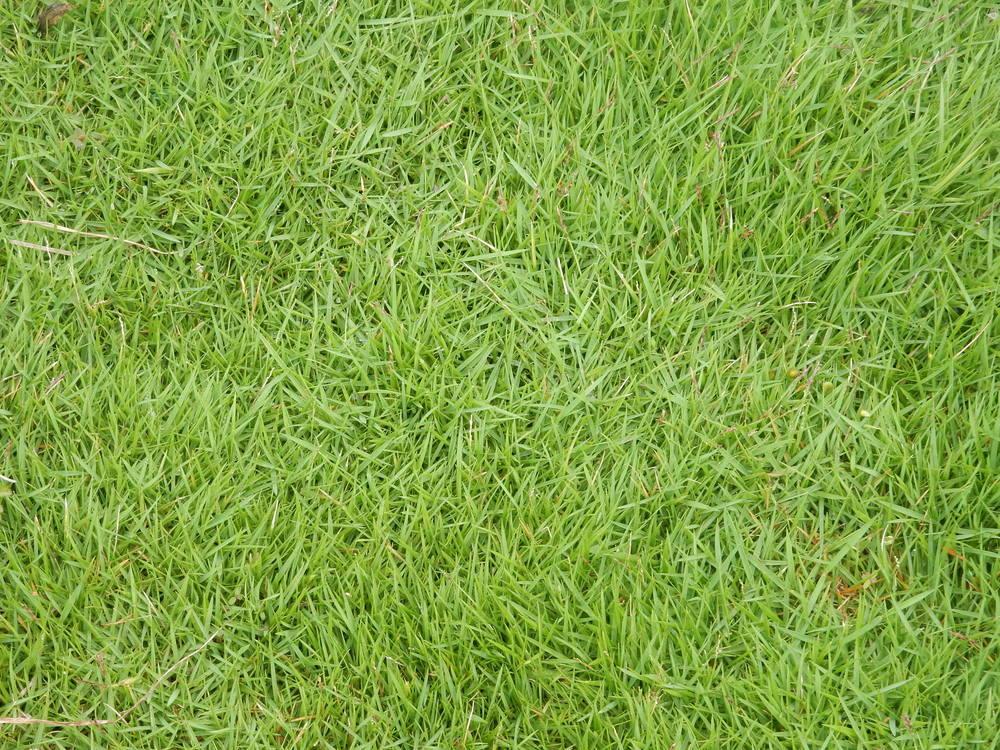Thatch, the buildup of dead grass between living grass and the soil, causes trouble for your lawn when it exceeds 1/2 inch thick. Excessive thatch prevents air, water, and nutrients from reaching plant roots. Cutting through and removing thatch improves your lawn's health.

Determine depth of thatch. Remove a core of soil from the lawn with a trowel or shovel and measure the depth of the thatch, which is the layer of dead grass above the soil line. A layer that's 1/2 to 1 inch thick can be removed with a stiff lawn rake. Deeper layers may require a power rake.
Determine the best season to remove thatch. The best time to dethatch is just before the grass begins a period of active growth, which is spring for warm-season grasses such as Bermuda, St. Augustine, and zoysia. Cool-season kinds such as Kentucky bluegrass are best dethatched just before their period of most active growth, in very early spring or early autumn.
Choose method. For shallow thatch on small areas, use a stiff lawn rake. For small lawns with more than an inch of thatch, use a special thatch rake. Large areas and thick layers call for power rakes or vertical mowers, which are available from rental agencies.
Prepare lawn. Mow a little lower than usual. If needed, water the lawn to moisten the soil.
Use a thatching rake. Pull the blade-like tines across the lawn, cutting through the thatch. Work in small sections, and then remove the debris with a rake.
Use a power rake or vertical mower. Adjust the cutters to slice just through the thatch layer. Check cutter depth after first few feet. Run the machine in parallel rows over the lawn and then again at 90? to the first pass. Remove debris with a lawn rake.
Aftercare. Water and fertilize the lawn to help it recover from dethatching. To prevent thatch buildup from recurring, adjust the soil pH and alter your lawn care habits if needed (excessive use of water, fertilizer, or pesticides are common causes). Overseed with a good-quality grass seed to improve the lawn's health, vigor, and appearance.
Tips
Thatch is caused by several factors, including grass type, excessive watering, soil compaction, high or low soil pH, or overuse of fertilizer and pesticides.
Lawns with a thick layer of thatch are more vulnerable to drought, as well as to insect and disease damage. Lawns with thick thatch may feel springy underfoot.